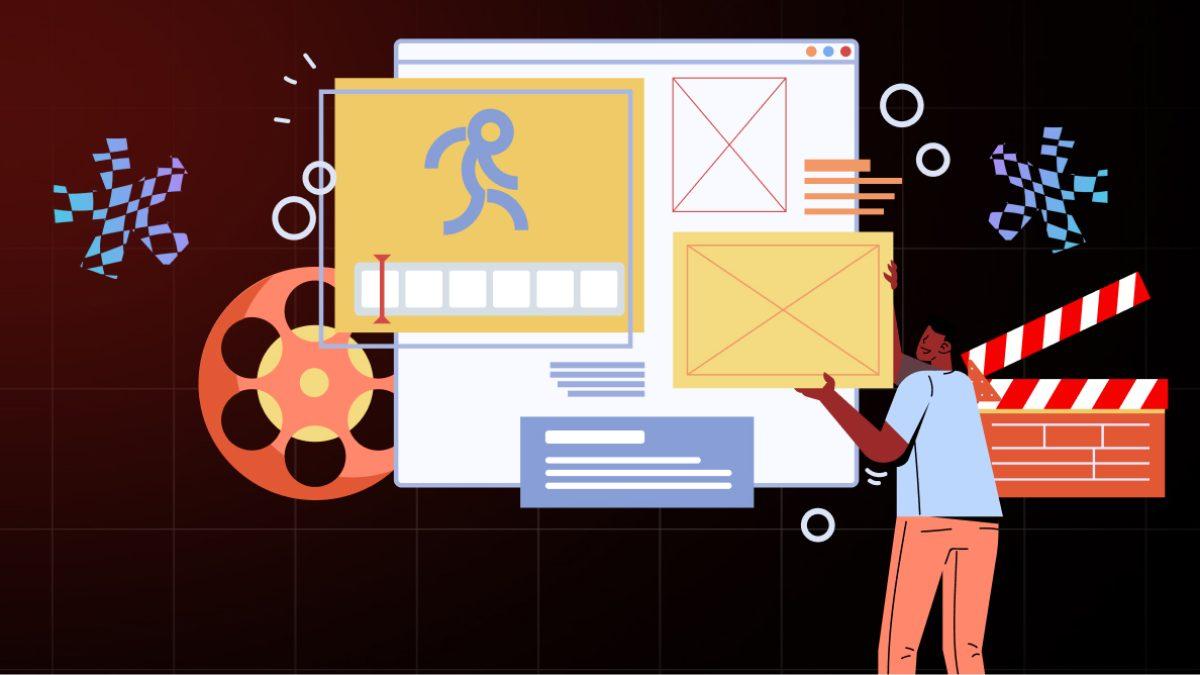Unlocking the Power of a Motion Graphics Designer in E-Learning: Boost Engagement and Learning Outcomes
Are you passionate about both technology and education? Have you ever considered how creatively crafted visuals can revolutionize online learning? In the rapidly evolving landscape of education technology, the role of a motion graphics designer is more crucial than ever. This comprehensive guide sheds light on how aspiring professionals can tap into this dynamic field, especially if you are looking for a job in educational institutions such as universities, colleges, and schools. We’ll explore the importance of motion graphics in E-Learning, the benefits to students and instructors, and practical tips to succeed in this career path.
The Role of a Motion Graphics Designer in E-Learning
A motion graphics designer specializes in bringing content to life through animation,visual effects,and dynamic presentations. In the context of E-Learning at universities, colleges, and schools, these professionals work closely with instructional designers, educators, and educational technologists to create captivating digital learning materials.Their work can range from animating complex scientific concepts to designing explainer videos and interactive modules that make remote learning highly engaging.
- Transform static course materials into interactive animations and videos
- Work with educators to enhance storytelling in lessons
- Visualize abstract or difficult ideas to boost comprehension
- Create branded motion assets for university or school platforms
- Improve accessibility through multimedia learning tools
Why Motion Graphics Matter in Education Technology
The surge in digital and remote learning has pushed educational institutions to adopt innovative strategies for student engagement. Here’s where motion graphics designers shine:
- Enhanced Understanding: Motion graphics help break down complex theories, processes, or data-driven topics into easily digestible visual stories.
- Increased Retention: Animated visuals anchor key details, making it more memorable than conventional text-based methods.
- Wider Accessibility: By integrating motion graphics, educational materials can be adapted for different learning styles and needs, including special education.
- Boosted Engagement: Interactive animations and motion-based content spark curiosity,keeping students motivated and focused.
Common Motion Graphics Applications in E-Learning
- Animated explainer videos for MOOCs and digital classrooms
- Visual summaries for complex academic subjects
- Gamified assessments with animated feedback
- Dynamic infographics and storytelling modules
- Campus orientation and instructional videos
Benefits of Becoming a Motion Graphics Designer in Higher Education and Schools
If you are considering a career move into education technology as a motion graphics designer, here are some unique benefits:
- High Demand: With the ascent of e-learning, universities, colleges, and schools are consistently seeking creative professionals to enrich their content.
- Creative Impact: You directly influence how students understand and retain critical information, making a tangible difference in educational outcomes.
- Multidisciplinary Collaboration: The role allows you to work alongside educators, technologists, and administrators, broadening your professional network.
- Continuous learning: Exposure to a diverse array of subjects ensures you’re always learning and innovating.
- Job Adaptability: Many educational institutions offer remote or hybrid positions, granting flexibility and work-life balance.
Key Skills and Tools for Educational Motion Graphics Designers
To thrive in the field of motion graphics design for E-Learning, you’ll need both creative and technical skills. Here’s a breakdown of what most educational tech employers look for:
- Animation & Design Principles: Mastering the basics of motion, timing, and visual storytelling.
- Software Proficiency: Expertise in Adobe after effects,Premiere Pro,Photoshop,Illustrator,and other industry-standard tools.
- Storyboarding: Planning and visualizing animations before production.
- Visual Communication: Translating complex educational content into accessible visuals.
- Collaboration: Working with content creators, instructors, and multimedia teams.
Bonus Skills
- Basic knowledge of scripting or coding (for interactive media)
- Experience with Learning Management Systems (LMS)
- Familiarity with accessibility best practices
How to Get Hired: Practical job-Seeking Tips
Landing a motion graphics designer job in education technology involves more than technical expertise. Institutions look for candidates with a passion for learning, adaptability, and strong communication skills. Here are actionable tips to boost your chances:
- Build a Diverse Portfolio: Showcase animated explainer videos, educational infographics, and interactive demos tailored for learning environments.
- Highlight Soft Skills: Demonstrate how you collaborate with educators and curriculum developers.
- Stay Updated: Keep up with trends in e-learning technology and educational multimedia.
- Focus on Educational Impact: Present case studies showing how your work improved learner engagement or outcomes.
- Network within Academia: Attend edtech conferences, webinars, and workshops to meet university or school hiring managers and instructional designers.
- Customize Your Resume: Tailor each job application to highlight experience relevant to universities, colleges, and schools.
Trends and Future Outlook for Motion Graphics in E-Learning
The future is bright for motion graphics designers in education technology. As universities and schools increasingly adopt blended and online learning, there’s growing thankfulness for interactive visuals and rich media content. Trends to watch include:
- Personalized Learning: Animations tailored to individual learner needs and preferences.
- Virtual and Augmented Reality: Immersive experiences that integrate animation and interactivity.
- Microlearning: Bite-sized, dynamic content delivered through animated modules.
- Mobile-first Design: Ensuring all educational motion graphics are optimized for mobile devices.
- Accessibility Innovation: Ensuring every animation can be accessed and understood by all students,including those with disabilities.
Conclusion: Make Your Mark in Educational Technology
The demand for motion graphics designers in E-Learning is set to rise as universities, colleges, and schools continue embracing digital transformation. By blending artistic creativity with a desire to help others learn, you can play a pivotal role in redefining education for learners of all ages. whether you’re looking to start your career in education technology or are a seasoned designer seeking new challenges, this vibrant field offers infinite opportunities for growth and impact.
Ready to unlock the power of motion graphics in E-Learning? Invest in your skills, build your portfolio, and start making a difference today—one animated lesson at a time.

